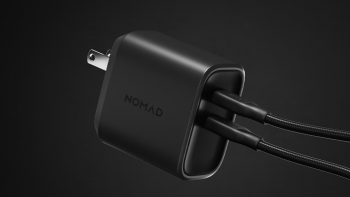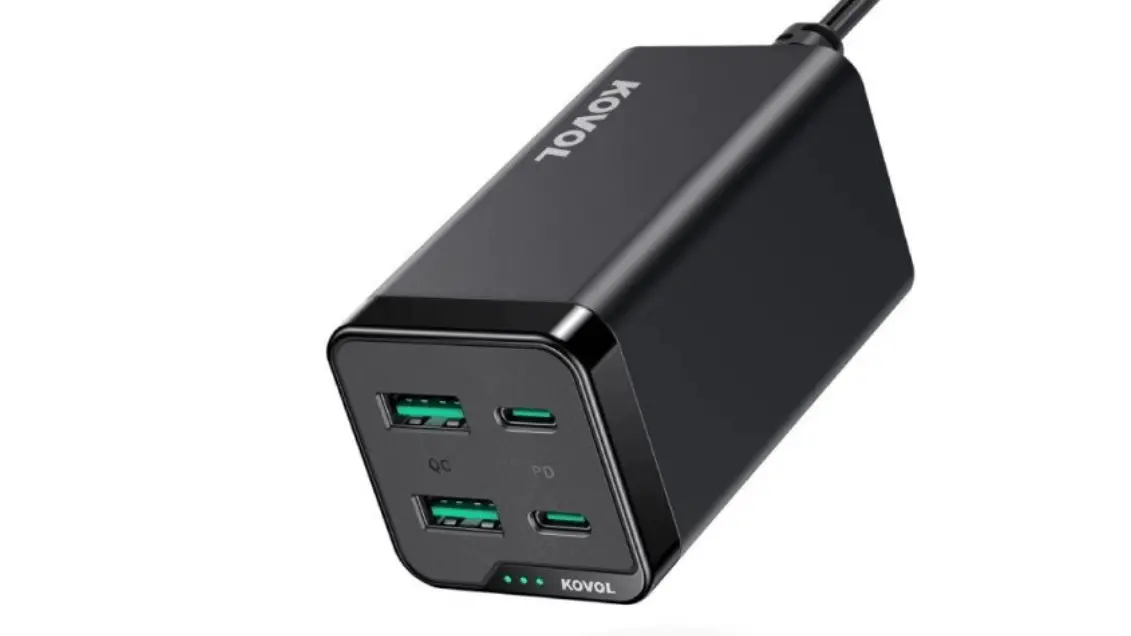
5 Awesome GaN Chargers for Your Tech!
In the past few years, we’ve been seeing more and more GaN chargers make their way into the hands of consumers, offering a new and more efficient way to charge your tech. Simply put, chargers with GaN technology – short for “Gallium nitride” – come with some great advantages for juicing up your tech with better performance than older and traditional power bricks.
With that said, we’ve put together a quick little list of GaN-powered charging bricks that you might want to check out – let’s take a look!
Nomad 65W Dual-port GaN charger

Nomad is known for making quality mobile accessories, and their 65W Dual-Port GaN charger is something that many should find useful, especially for users who have two or more devices. You can use the charger’s 65W output to fast-charge compatible smartphones, as well as laptops which have support for USB-C charging.
Kovol Sprint 65W GaN Fast Charger

Kovol’s 65W GaN fast charger comes with several ports to accommodate several of your devices at the same time – more specifically, there are two USB-A ports, alongside two USB-C ports for your phones, tablets, laptops, and more. Of course, it’s also portable, making it ideal to take on long trips and commutes.
Baseus PowerCombo 65W GaN3 charger
Baseus’s GaN offering comes with a 6-in-1 design, featuring dual AC outlets, a couple of PD USB-C ports and two USB-A ports, meaning you can ideally power up six devices simultaneously. The compact travel-friendly charger comes with support for USB PD 3.0, QC3.0 and PPS so you can get the most out for your power needs.
Mophie Speedport 120
Mophie’s Speedport 120 delivers a maximum shared output of up to 120W of power to multiple devices, with four output ports for simultaneous charging. Using only the first USB-C port will let you access 100W of charging power to juice up large devices. Or if you’d prefer, you can use any combination of the three USB-C ports and one USB-A port to access up to 120W of power collectively.
Anker 747 Charger (GaNPrime 150W)
Anker’s 747 charger offers you simultaneous charging, so you can power up to two laptops at high speed, or four different devices altogether. It also comes with Anker’s ActiveShield 2.0, allowing the charger to keep tabs on temperature, so it can safely limit heat output and keep your devices undamaged. It’s also smaller compared to other larger power bricks like Apple’s 140W charger for example, so you save a bit of space.
